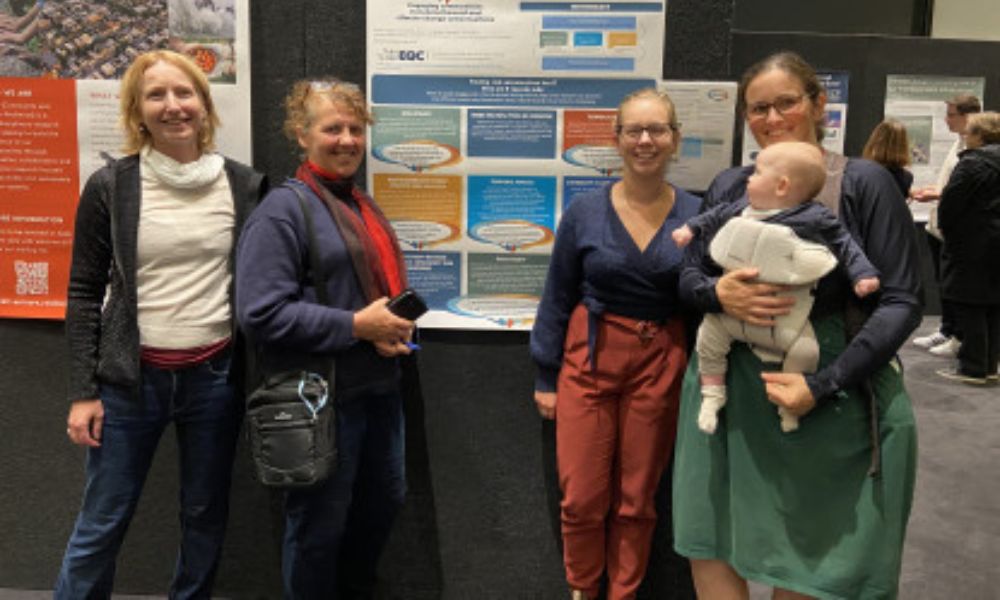Natural Hazards Commission highlights power of natural hazards research

Natural Hazards Commission highlights power of natural hazards research | Insurance Business New Zealand
Catastrophe & Flood
Natural Hazards Commission highlights power of natural hazards research
Commission unveils research investments transforming how NZ prepares for natural disasters
Catastrophe & Flood
By
Roxanne Libatique
The Natural Hazards Commission Toka Tū Ake (NHC), formerly known as the Earthquake Commission (EQC), has delved into how natural hazards research significantly shapes the nation’s preparations for future events, influencing home construction and community priorities.
Natural Hazards Commission-funded research projects
NHC head of research Dr Natalie Balfour highlighted the commission’s role in natural hazards research.
Prof Misko Cubrinovski’s work on liquefaction
A notable project is Professor Misko Cubrinovski’s work on liquefaction.
Addressing a gap in the assessment of liquefaction hazards, Cubrinovski used NHC funding to create tools for advanced liquefaction analysis. These tools are now part of the Ministry of Business, Innovation and Employment’s geotechnical guidance, crucial for geotechnical engineering professionals in New Zealand.
“Cubrinovski’s work can ultimately lead to safer homes for New Zealanders. If we can better predict whether the ground will liquefy in an earthquake, people can make more informed choices about where to build and how to design buildings fit for the land they sit on,” Balfour said.
Let’s Talk About Risk project
Balfour also stressed the importance of social resilience in addition to building resilience, citing the NHC-funded Let’s Talk About Risk project.
This project developed guidance for local councils on discussing natural hazard risks with communities.
“When a natural hazard event occurs, communities need to make quick decisions about how to allocate limited resources,” Balfour said. “Having frank discussions about risk ahead of time will help ensure plans to manage and reduce risk reflect communities’ priorities. We also know that when communities are engaged in resilience planning, they are better prepared to respond when events do occur, ultimately leading to quicker recovery.”
It’s Our Fault programme
Balfour said region-specific hazard research has been effective in converting science into actionable plans.
She highlighted Wellington’s It’s Our Fault programme, funded by NHC, which collaborates with communities, iwi, councils, and government to prepare for major earthquakes.
“It’s Our Fault scientists recently undertook fault mapping in Wairarapa to help councils understand where earthquakes are likely to happen. This can inform decisions about where to place critical infrastructure, meaning communities are more likely to have access to life-saving services like water following an event,” she said.
Natural Hazards Commission’s role in building resilience
While the NHC has a long history of investing in natural hazards research, Balfour pointed out that the new Natural Hazards Insurance Act, effective July 1, 2024, has enhanced its role in building resilience.
“NHC’s mission is to reduce the impact of natural hazards on people, property, and the community. The new act emphasises that building resilience to future events is fundamental to achieving that mission,” she said. “We’re lucky to have some of the world’s best minds in natural hazards research. It’s fantastic to be able to support them to do work that keeps us all safer, and it’s especially great to see their research having a demonstrable impact on the way we prepare for future events.”
Related Stories
Keep up with the latest news and events
Join our mailing list, it’s free!






